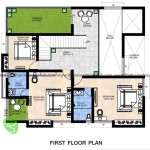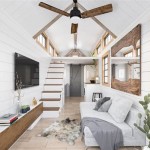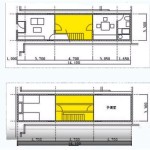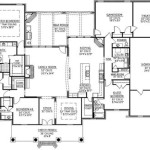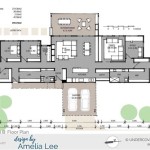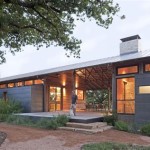Layout Plan of House Facing West
A west-facing house presents unique challenges and opportunities in terms of layout design. Understanding the implications of a western exposure, particularly concerning sunlight and heat gain, is crucial for creating a comfortable and energy-efficient home. A well-planned layout can mitigate the effects of the afternoon sun while maximizing natural light and ventilation.
One of the primary considerations for a west-facing house is managing the intense afternoon sun. This can lead to overheating, increased cooling costs, and fading of furniture and fabrics. Strategic placement of rooms and the incorporation of shading elements are essential to address these issues. Rooms that are less frequently used, such as guest rooms, storage areas, or bathrooms, can be positioned on the west side to buffer the living spaces from the direct afternoon sun.
The main living areas, such as the living room, dining room, and kitchen, ideally should be located on the east or north sides of the house to benefit from cooler morning light and minimize heat gain during the afternoon. This orientation also allows for more comfortable outdoor living spaces on the east or north sides, shielded from the intense western sun.
Bedrooms, particularly those occupied during the afternoon and evening, should also be positioned away from the western exposure. East-facing bedrooms benefit from morning sunlight, promoting a natural wake-up cycle. North-facing bedrooms offer consistent, diffused light throughout the day, making them ideal for tasks requiring balanced illumination.
Incorporating shading devices is crucial for west-facing houses. Exterior shading, such as awnings, pergolas, or vertical screens, can effectively block the sun's rays before they reach the windows, reducing heat gain significantly. Deciduous trees planted strategically on the west side can provide shade during the summer months while allowing sunlight to penetrate during the winter when the leaves have fallen. Interior shading options, such as blinds, curtains, and films, can further control light and heat within the house.
Window selection plays a significant role in managing heat gain and energy efficiency. West-facing windows should be energy-efficient, featuring low-E coatings and insulated frames to minimize heat transfer. The size and placement of windows should also be carefully considered. Smaller windows or strategically placed clerestory windows can reduce direct sunlight while still providing adequate natural light. Using tinted glass can offer further protection from glare and heat.
Ventilation is another important factor in a west-facing house design. Cross-ventilation, achieved by strategically placing windows and doors on opposite sides of the house, can facilitate the natural flow of air, reducing the reliance on air conditioning. Ceiling fans can also enhance air circulation and create a cooling effect.
The exterior color of the house can also influence heat absorption. Lighter colors reflect more sunlight and heat, keeping the interior cooler compared to darker colors, which absorb more heat. Choosing light-colored exterior walls, roofs, and pavements can contribute to a more energy-efficient and comfortable home.
Landscaping can play a crucial role in mitigating the effects of the western sun. Planting trees, shrubs, and vines strategically around the house can create shade, reduce ground reflection, and improve air quality. The use of drought-tolerant plants is particularly beneficial in hot climates to minimize water usage.
The layout plan should also consider the local climate and specific site conditions. Factors such as prevailing winds, surrounding buildings, and topography can influence the optimal placement of rooms and the selection of shading devices. Consulting with an architect or building designer experienced in designing for west-facing orientations can ensure a well-designed and comfortable home.
Careful consideration of the building materials is essential for thermal comfort. Materials with high thermal mass, such as concrete or brick, can absorb and store heat during the day and release it slowly at night, helping to regulate indoor temperatures. Insulating the walls and roof effectively can further minimize heat gain and loss, improving energy efficiency.
A well-designed west-facing house can offer numerous benefits, including ample natural light, stunning sunset views, and passive solar heating potential during the colder months. By addressing the challenges posed by the western sun through thoughtful planning and design choices, homeowners can create a comfortable, energy-efficient, and enjoyable living environment.
Utilizing design software or consulting with professionals can help visualize and refine the layout plan, ensuring that all elements work together harmoniously to create a functional and aesthetically pleasing home that maximizes the benefits of a west-facing orientation.

Small House Layout Ideas West Facing Google Search 2bhk Plan 20x40 Plans

15 Best West Facing House Plans Based On Vastu Shastra 2024

30x40 West Facing Duplex Plan In First Floor One House Plans

Floor Plan For West 20x30 House Plans Simple Facing

20x30 West Facing House Plan Map Studio

West Facing House Design Custom Designed As Per Vastu

West Facing House Plan In Small Plots N Google Search Duplex Plans Layout

West Facing House Vastu Plan With Advantages Why It S Good 2024

15 Best West Facing House Plans Based On Vastu Shastra 2024

20x45 West Facing House Plan Map Studio

